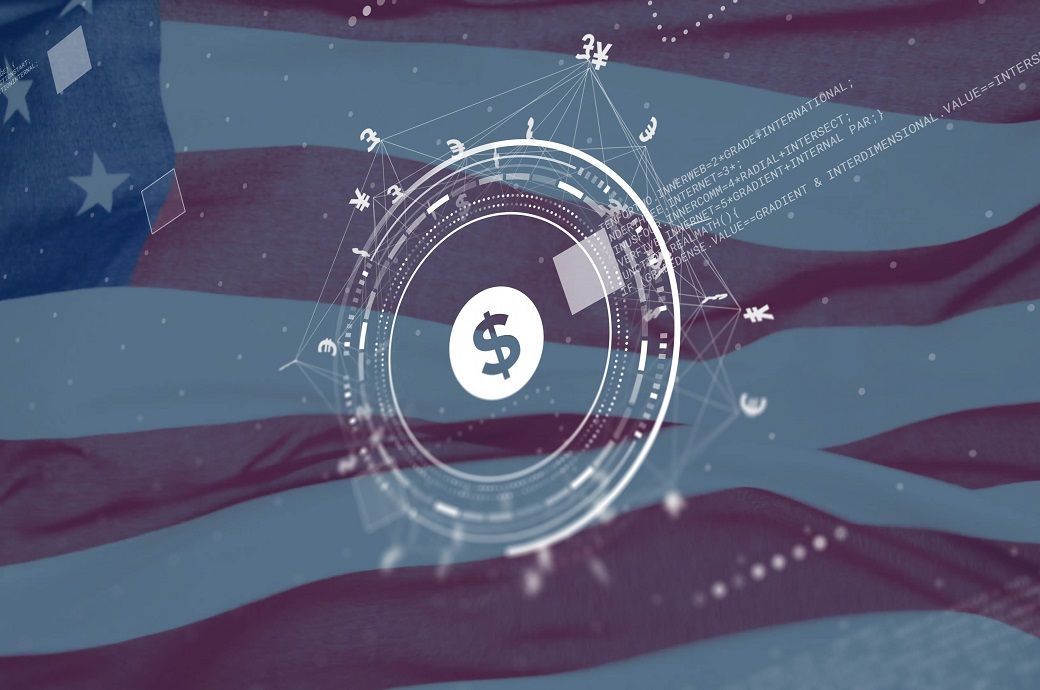“The US economy is clearly not in a recession nor is it likely to head into a recession in the home stretch of 2024,” said Kleinhenz. “Instead, it appears that the economy is on the cusp of nailing a long-awaited soft landing with a simultaneous cooling of growth and inflation.”
August data initially caused concern, with reports of rising unemployment and a slowdown in manufacturing. However, more recent figures have alleviated fears, and Kleinhenz now points to a “far less likely” chance of a recession. He highlighted that while the labour market could be showing early signs of weakening, it is not a cause for immediate alarm.
US economy appears to be approaching a ‘soft landing’ as inflation cools and interest rates are set to decrease, according to NRF chief economist Jack Kleinhenz.
Despite earlier recession fears, a downturn now seems unlikely.
GDP growth and consumer spending have both been revised upwards, while inflation remains near the Federal Reserve’s target.
The comments were made in the September edition of the NRF’s Monthly Economic Review, which also reported an upward revision in gross domestic product (GDP) growth for the second quarter of 2024. Annualised GDP growth now stands at 3 per cent, up from the originally reported 2.8 per cent. Consumer spending, the largest driver of GDP, was also revised upward, showing 2.9 per cent growth for the quarter, a significant increase from the 2.3 per cent initially reported, NRF said in a press release.
Kleinhenz praised consumer resilience, noting that although spending had moderated compared to last year, it remained strong. Inflation, measured by the Personal Consumption Expenditures Price Index – the Federal Reserve’s preferred gauge – was at 2.5 per cent in July, unchanged from June, and close to the Fed’s target of 2 per cent.
While the labour market is “not terribly weak,” it is beginning to show some signs of strain. Only 114,000 jobs were added in July, lower than expected, and the unemployment rate rose to 4.3 per cent from 4.1 per cent in June. Despite this rise, Kleinhenz emphasised that unemployment remains within normal levels.
Kleinhenz also identified Federal Reserve Chairman Jerome Powell’s remarks in August as a pivotal moment. Powell indicated that “the time has come” for lower interest rates, and it is widely anticipated that the Fed will reduce rates during its next meeting.
“Now the guessing game begins on the magnitude and frequency of rate cuts and how far the federal funds rate will be reduced,” said Kleinhenz. He cautioned that while lower interest rates are generally seen as good news, they will not have an immediate effect. “It takes time for rate reductions to work their way through the various credit channels and the economy as a whole,” he explained, adding that their primary role would be to stabilise current conditions rather than provide a quick economic boost.
Lower interest rates are expected to benefit households struggling with daily expenses and loans, making mortgages, home improvement loans, car loans, and credit card borrowing more affordable. This should also encourage consumer spending and increase demand across sectors. The housing market, which is particularly sensitive to interest rates, stands to gain significantly, as do small businesses looking to reduce financing costs or expand.
Looking ahead, Kleinhenz expects slower job growth, stabilising prices, and a continued easing of inflation. Employers are likely to continue hiring, albeit at a reduced pace, while prices for goods and services seem to be coming under control. With at least two rate cuts anticipated from the Fed by year’s end, economic conditions are expected to remain stable.
“While consumers will continue to be savvy about their purchases, these factors are a welcome development and should support their propensity to spend,” Kleinhenz concluded.
Fibre2Fashion News Desk (KD)







